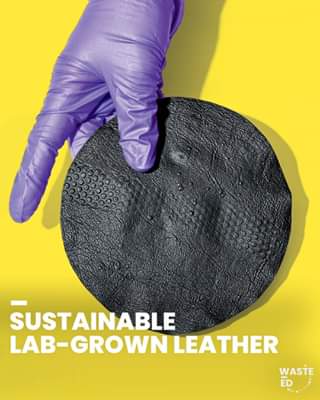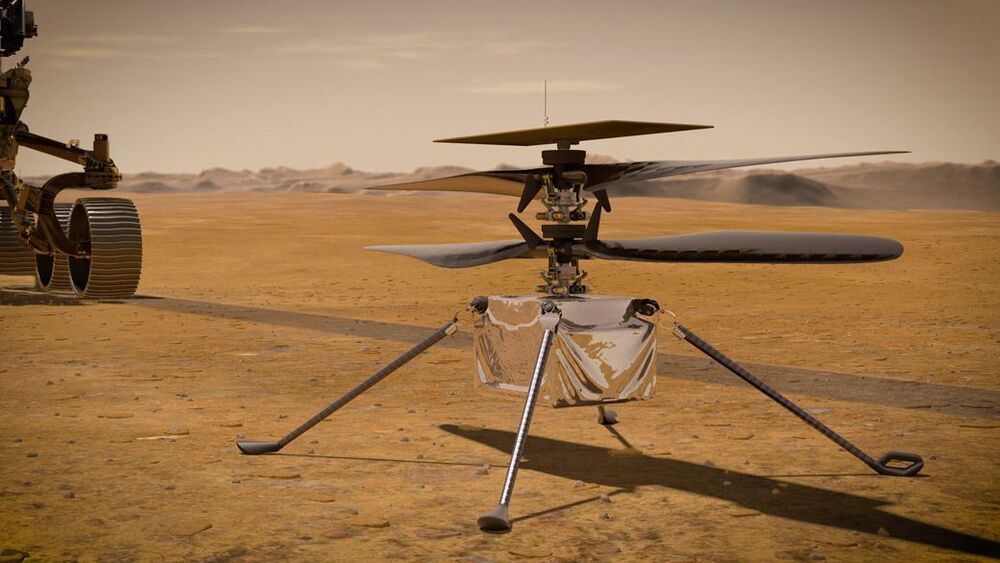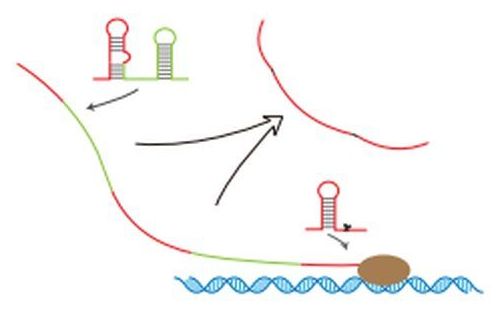A team of researchers led by Columbia University has developed a unique platform to program a layered crystal, producing imaging capabilities beyond common limits on demand.



Most image-recognition systems are trained using large databases that contain millions of photos of everyday objects, from snakes to shakes to shoes. With repeated exposure, AIs learn to tell one type of object from another. Now researchers in Japan have shown that AIs can start learning to recognize everyday objects by being trained on computer-generated fractals instead.

Video of artificial leather. 😃
This lab-grown leather that leaves animals the fuck alone is ready to wear! About 80% of leather worldwide is tanned in a toxic process resulting in massive amounts of chemical waste flooding the environment. It also poses a serious health risk to industrial tannery workers, not to mention the animals who lose their lives for a pair of shoes. By using nature’s building blocks to create materials designed for functionality, performance AND style, Modern Meadow might just have found a win-win solution!

Fascinating new episode with NASA planetary geophysicist Bruce Banerdt, the principal investigator for the Mars InSight lander which is changing the way scientists now view Mars’ interior dynamics and inner workings. Please have a listen.
I welcome Bruce Banerdt, the principal investigator for NASA’s Mars InSight lander, which has been operating on the Martian surface for two years now. Although it’s had some technical issues, it’s offered a sea change in how geophysicists are interpreting the dynamics and makeup of the Martian core. In this episode, we talk about what we currently understand about Mars’ geophysical makeup and, among other things, whether it ever had plate tectonics which was so crucial for the evolution of sentient life here on Earth.





Autism spectrum disorders (ASDs) are characterized by impaired learning of social skills and language. Memories of how parents and other social models behave are used to guide behavioral learning. How ASD-linked genes affect the intertwined aspects of observational learning and behavioral imitation is not known. Here, we examine how disrupted expression of the ASD gene FOXP1, which causes severe impairments in speech and language learning, affects the cultural transmission of birdsong between adult and juvenile zebra finches. FoxP1 is widely expressed in striatal-projecting forebrain mirror neurons. Knockdown of FoxP1 in this circuit prevents juvenile birds from forming memories of an adult song model but does not interrupt learning how to vocally imitate a previously memorized song.